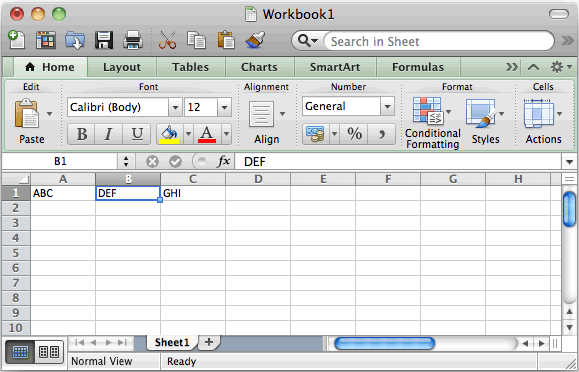Delete Letter Columns Excel For Mac

These instructions cover how to add and delete rows and columns in an Excel worksheet by using a keyboard shortcut and by using the right-click context menu. Lifewire / Lisa Fasol The information in this article applies to Excel versions 2019, 2016, 2013, 2010, Excel Online, and Excel for Mac. To autofill letters from A-Z, you need to use a formula. Autofill Letters From A-Z. In Excel, type the letter A in a cell. In the next cell, enter the following formula and replace the cell address with the cell address for the cell you’ve typed A in. The cell you enter the formula in will show you the letter B. =CHAR(CODE(A1) + 1).
This Excel tutorial explains how to delete a worksheet in Excel 2011 for Mac (with screenshots and step-by-step instructions).
See solution in other versions of Excel:
Question:In Microsoft Excel 2011 for Mac, how do I delete a sheet in a spreadsheet?
For mac 10.9.5. The latest OS X Mavericks update comes a month and a half after Apple first seeded betas of the update to developers.As previously reported, the maintenance update focuses on fixes for the reliability of virtual private network connections that use USB Smart Cards as IDs.

Answer:You can view all of the sheet names as tabs along the bottom of the document. To delete a sheet, simply right-click on the name of the sheet that you wish to delete. In this example, we want to delete Sheet1.
Then select Delete from the popup menu.
A message will pop up asking you to confirm the deletion of the sheet. Click on the OK button to continue.
Now when you return to the spreadsheet, the sheet will be deleted. In this example, Sheet1 is now removed from the document.